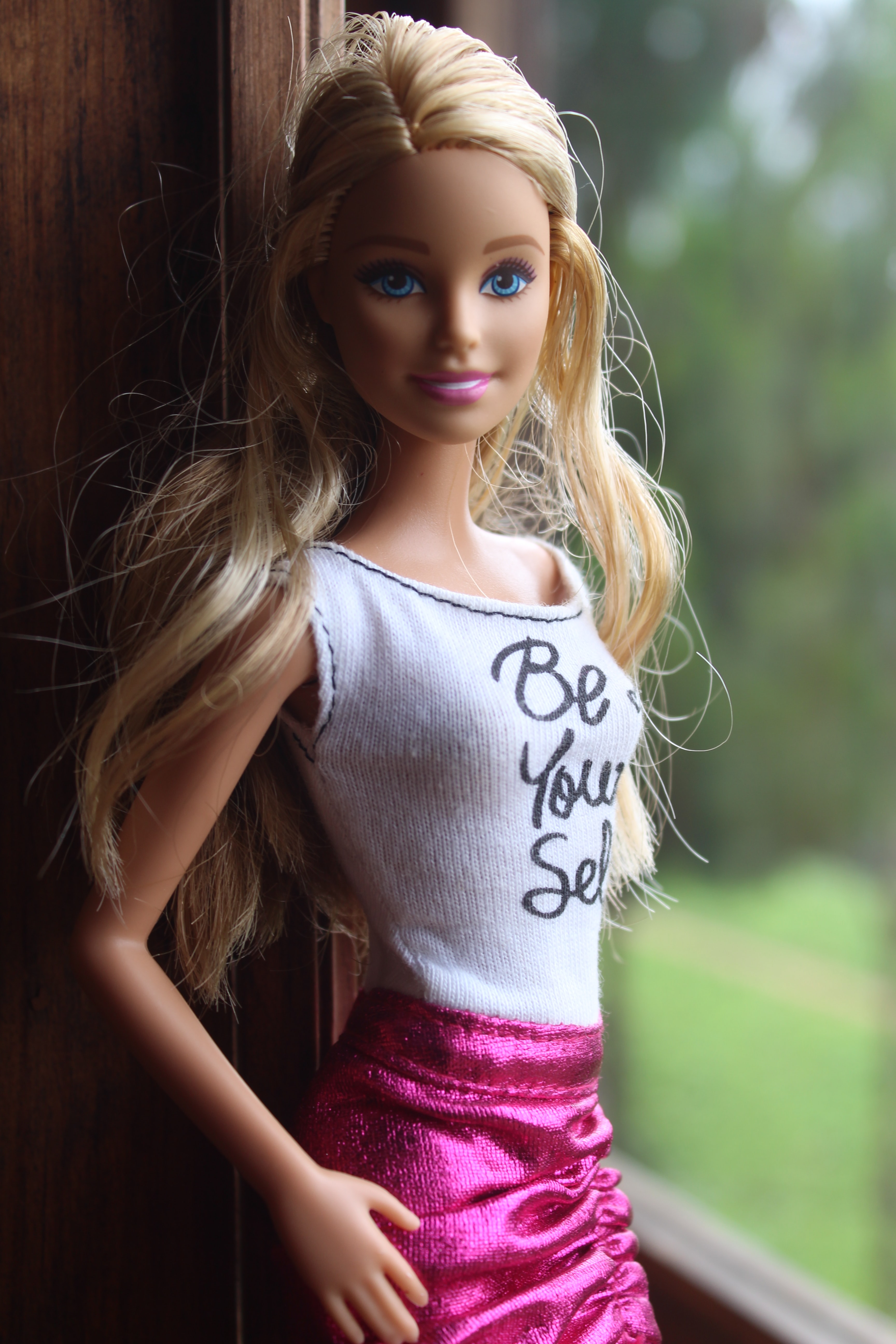June 23, 2020

Growing up I was what everyone would have called a tomboy. I preferred to be outside playing cricket, football, riding my skateboard or BMX bike. So, it may not be surprising that I was not into playing with dolls and I didn’t own a Barbie. At about 5 years of age, I had one big doll that I would dress in a matching school uniform that was made by my mum… but I quickly grew out of it.
Decades later when Barbie was being shamed as a negative role model for girls, I happily went along with this. I never bought my two daughters a Barbie and I think might have also told others not to buy them one.
Recently I came across the back story for Barbie while researching my new book. Upon reading about the brand’s history, I consequently changed my mind about this toy.
About Barbie
Ruth Handler was the wife of Elliot Handler, a co-founder of Mattel. She recognised a gap in the toy market in the 1950s while watching her daughter Barbara play with her paper dolls. Ruth observed that Barbara would pretend the dolls were adults. She would also act out future events, rather than the present. What’s more, she realised that Barbara’s dolls were specifically designed for her to imagine herself as a caregiver. Comparatively, her son Ken had a range of figures encouraging him to visualise himself as a doctor, firefighter or astronaut. Another limitation of the paper dolls was that the paper clothing failed to attach well.
As a result of her observations, Ruth wanted to produce a three-dimensional plastic doll with an adult body and a wardrobe of fabric clothing. However, her husband and the other executives at Mattel, did not think this was a good idea. They assumed that parents would not buy their children a doll with a voluptuous adult figure, in other words, a doll that had breasts.
Barbie Beginnings
While holidaying in Europe, Ruth came across the German Bild Lilli doll and bought one as it was similar to what she was thinking. After redesigning the doll and naming her Barbie after her daughter, she convinced her husband and the other male executives to produce a prototype.
On March 9th 1959, Barbie debuted at the New York Toy Fair and as they say in the classics, ‘the rest is history’.
Looking back over the years, there are several progressive Career Barbies. For example:
- 1961 Executive Barbie
- 1965 Astronaut Barbie
- 1973 Surgeon Barbie
- 1985 CEO barbie
- 1989 Pilot Barbie
Ruth Handler is quoted as saying,
‘My whole philosophy of Barbie was that through the doll the little girl could be anything she wanted to be. Barbie always represented the fact that women had choices.’
What do you think of Barbie now?
Perhaps this story had no impact on you. Personally, I made a positive connection with the brand. Would I have put down my BMX bike or cricket ball to go inside and play with Barbie if I heard this story 45 years ago? Probably not. But maybe one day, if I have grandchildren, I might buy them a Barbie (alongside a BMX bike and skateboard). And I will ALWAYS make sure to tell them about the back story.
If you have ever heard a story that has made you connect with a brand, I would love to hear it. Selfishly, I am looking for lots of examples for my new book, so please don’t be shy.